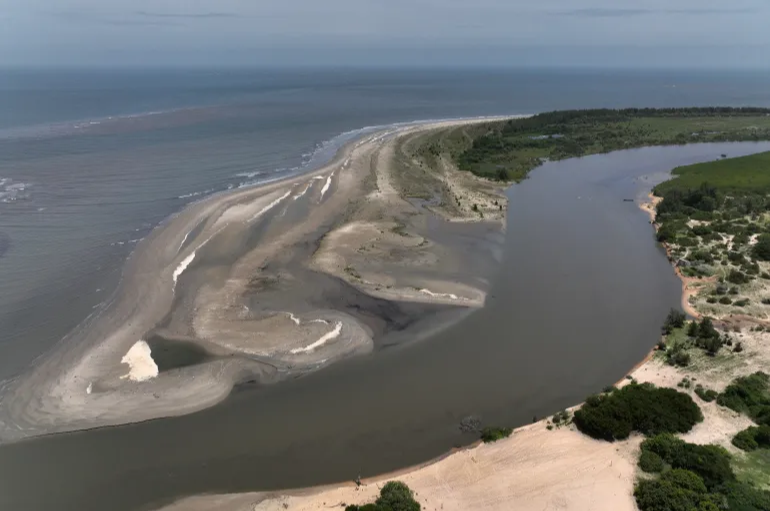
United Nations, September 6 (RHC)-- Almost six billion tons of sand and other sediment are extracted from the world’s seas and oceans every year on average, according to the United Nations. The UN Environment Program (UNEP) warned on Tuesday of the devastating toll on biodiversity and coastal communities, adding that the scale of dredging was growing, with dire consequences.
“The scale of environmental impacts of shallow sea mining activities and dredging is alarming,” said Pascal Peduzzi, who heads UNEP’s analytics centre GRID-Geneva. He pointed to the effects on biodiversity, as well as on water turbidity, and noise effects on marine mammals.
The UNEP launched a global data platform on sediment extraction in marine environments, Marine Sand Watch, which uses artificial intelligence to track and monitor dredging activities of sand, clay, silt, gravel and rock in the world’s marine environment.
It uses so-called Automatic Identification System (AIS) signals for ships combined with artificial intelligence to identify the operations of dredging vessels, including in hotspots like the North Sea and the East Coast of the United States.
The signals emitted by the vessels allow “access to the movements of every ship on the planet”, Peduzzi was quoted as saying by AFP news agency. The platform estimates that out of some 50 billion tonnes of sand and gravel used by humanity each year, between four and eight billion tonnes come from the world’s oceans and seas.
“This represents six billion tons on average every year, or the equivalent of more than one million dump trucks every day,” Peduzzi said. He pointed out that “our entire society depends on sand as a construction material”. At the same time, sand plays a vital environmental role, including protecting coastal communities from rising sea levels.
Data analysed for the years 2012 to 2019 shows the scale of dredging is growing and that the world is approaching the natural replenishment rate of 10 to 16 billion tonnes of sediment washed into its oceans each year.
This is especially concerning for regions where dredging is more intense and extraction already substantially surpasses the sediment budget from land to sea, said the report.
While the tipping point has not been reached at a global level, Peduzzi cautioned during a press conference that in some localities, “we are extracting it faster than it can replenish itself.” “This is not sustainable,” he added.
The North Sea, Southeast Asia and the East Coast of the United States are among the areas with the most intense marine dredging. However, international practices and regulatory frameworks vary widely.
While some countries, including Indonesia, Thailand, Malaysia, Vietnam and Cambodia, have banned marine sand export in the last 20 years, others lack any legislation or monitoring programmes.
China, followed by the Netherlands, the US and Belgium have the biggest dredging fleets, Arnaud Vander Velpen, a GRID-Geneva sand industry expert, said.
Peduzzi described extraction vessels as giant vacuums, cleaning seabeds, and “sterilising” them, warning that this leads to the disappearance of oceanic microorganisms and threatens biodiversity.

